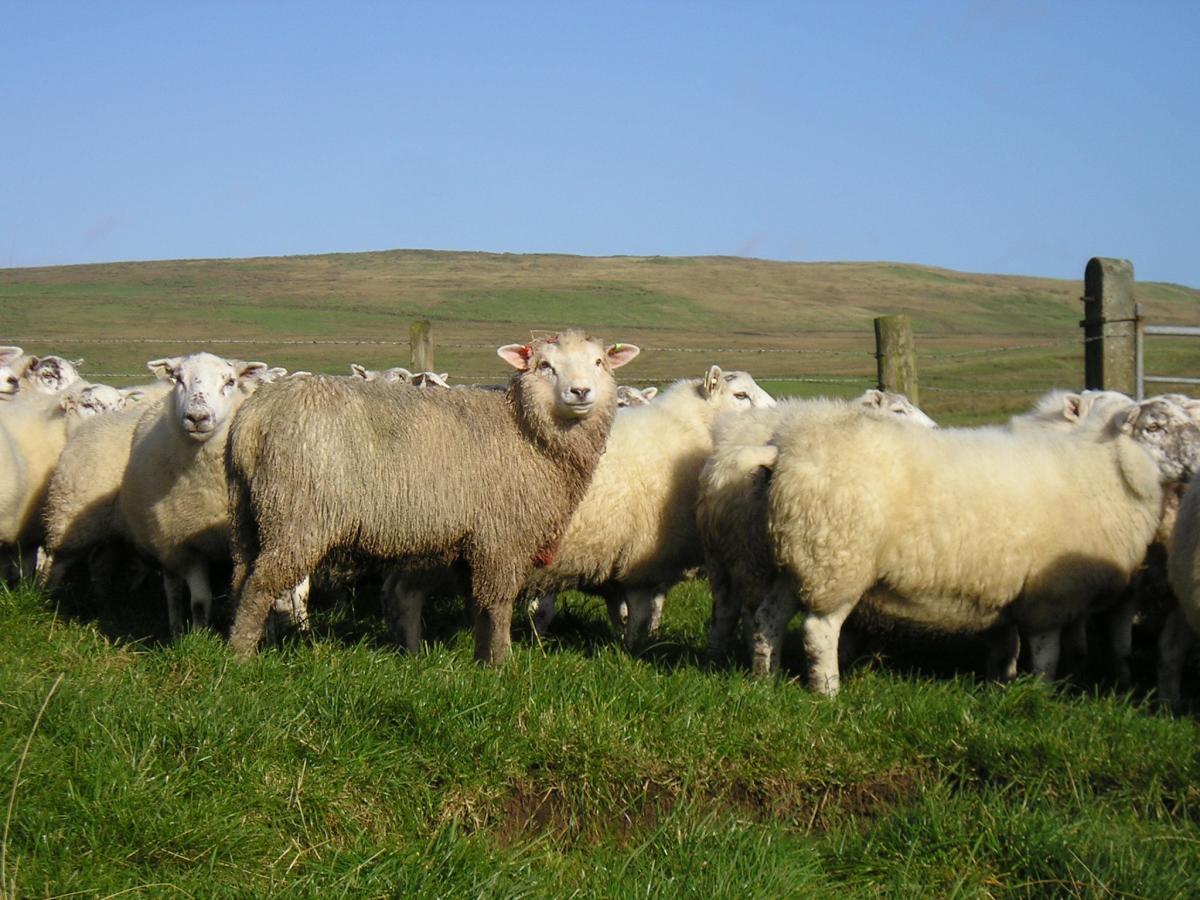The study conducted by Hybu Cig Cymru—Meat Promotion Wales Bangor University, Queen’s University, and the Agri-Food and Biosciences Institute AFBI sheds light on a crucial aspect often overlooked in discussions about the environmental impact of meat production: the nutritional value of meat. Published in the journal Frontiers in Sustainable Food Systems, the research emphasizes the need to consider the nutritional density of meat when assessing its carbon footprint.
Lamb production systems vary widely, ranging from low-input systems, where lambs primarily graze on grass, to higher-input systems that incorporate concentrate feed alongside forage. The study, drawing on data from the Welsh Lamb Meat Quality project, focused on the “finishing” period of lamb production, examining how different finishing diets affect the carbon footprint of lamb meat on a nutritional basis.
Dr. Eleri Thomas, Future Policy and Project Development Executive at Hybu Cig Cymru—Meat Promotion Wales and co-author of the paper, underscores the significance of the findings for the farming sector. She emphasizes that while reducing greenhouse gas emissions is crucial, metrics used to assess the carbon footprint of lamb often overlook its nutritional value and contribution to balanced diets.
The research highlights that lamb can be a valuable source of polyunsaturated fatty acids, such as omega-3 and omega-6 fatty acids, which are essential for human health. By analyzing data from 33 farms using different finishing diets, the team estimated the carbon footprint of lamb produced from each system. This involved calculating the carbon emissions per unit of product and considering the nutritional content of the meat.
Interestingly, when assessing the carbon footprint per unit of omega-3 polyunsaturated fatty acids, lambs finished on grass diets exhibited the lowest carbon footprint for cuts from the loin. This challenges the conventional mass-based approach to carbon footprint assessment, which may not accurately reflect the nutritional differences among meat products.
Elizabeth Swancott, Market Intelligence, Research, and Development Senior Officer for Hybu Cig Cymru—Meat Promotion Wales, underscores the importance of considering nutrition when evaluating the environmental impact of nutrient-dense foods like lamb. While mass-based units are commonly used for comparing environmental efficiencies, they fail to capture the nuanced relationship between farming systems and nutritional outcomes.
In conclusion, the study underscores the need for a holistic approach to assessing the environmental impact of meat production. By incorporating nutritional considerations into carbon footprint assessments, policymakers, farmers, and consumers can make more informed decisions that prioritize both environmental sustainability and human health. As we navigate the complexities of sustainable food systems, acknowledging the symbiotic relationship between nutrition and environmental impact is essential for building a more resilient and equitable future.

